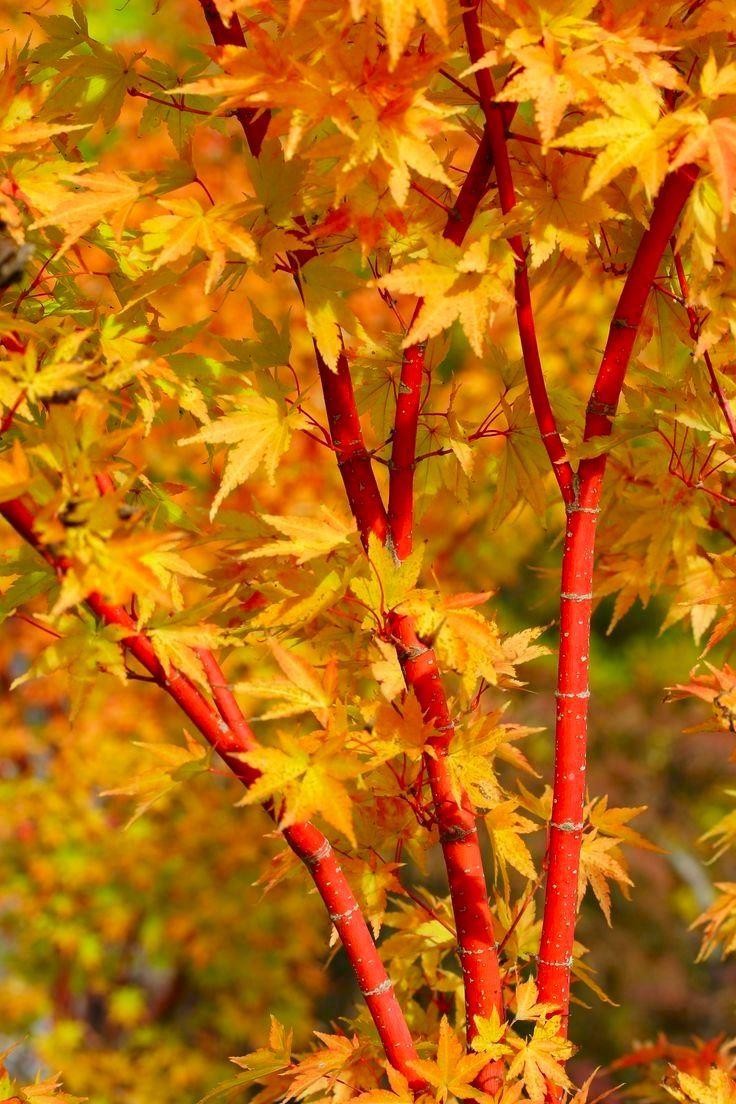
Acer palmatum Sango Kaku Coral Bark Maple Large Specimen
'Sango-kaku' is a large deciduous shrub or small tree to 6m, with coral-red young branches bearing 5-lobed leaves which open pinkish-yellow, becoming green in summer and yellow in autumn. Flowers small, reddish Other common names Japanese maple 'Sango-kaku' Synonyms Acer palmatum 'Senkaki' Acer palmatum var. dissectum 'Sango-kaku'

Acer palmatum Sango Kaku Coral Bark Maple Large 60100cm Specimen
This cultivar is drought tolerant. Plant it in a garden that needs winter interest to really showcase its red bark or plant it in a small space, courtyard, patio, or Asian garden. Insects, Diseases, and Other Plant Problems: Aphids, scale, maple worms, leafrollers, and leafhoppers are occasional pests.

Acer palmatum Sangokaku (Coralbark Maple) Suttons Seeds and Plants lawn and garden
Scientific name: Acer palmatum 'Sango-kaku' Description The Japanese maple cultivar 'Sango Kaku', often referred to as Coral bark maple, is generally one of the most prized of all of the upright palmate types for its winter interest. The bark on new twigs turns bright coral red (almost fluorescent) after the leaves fall.

Acer Sango Kaku Senkaki (Coral bark maple). Approx 3545cm tall Coral bark japanese maple
Coral Bark Japanese Maple, This beautiful small tree has brilliant red-coral bark on its young branches with color that intensifies in the winter. Deeply cut, p
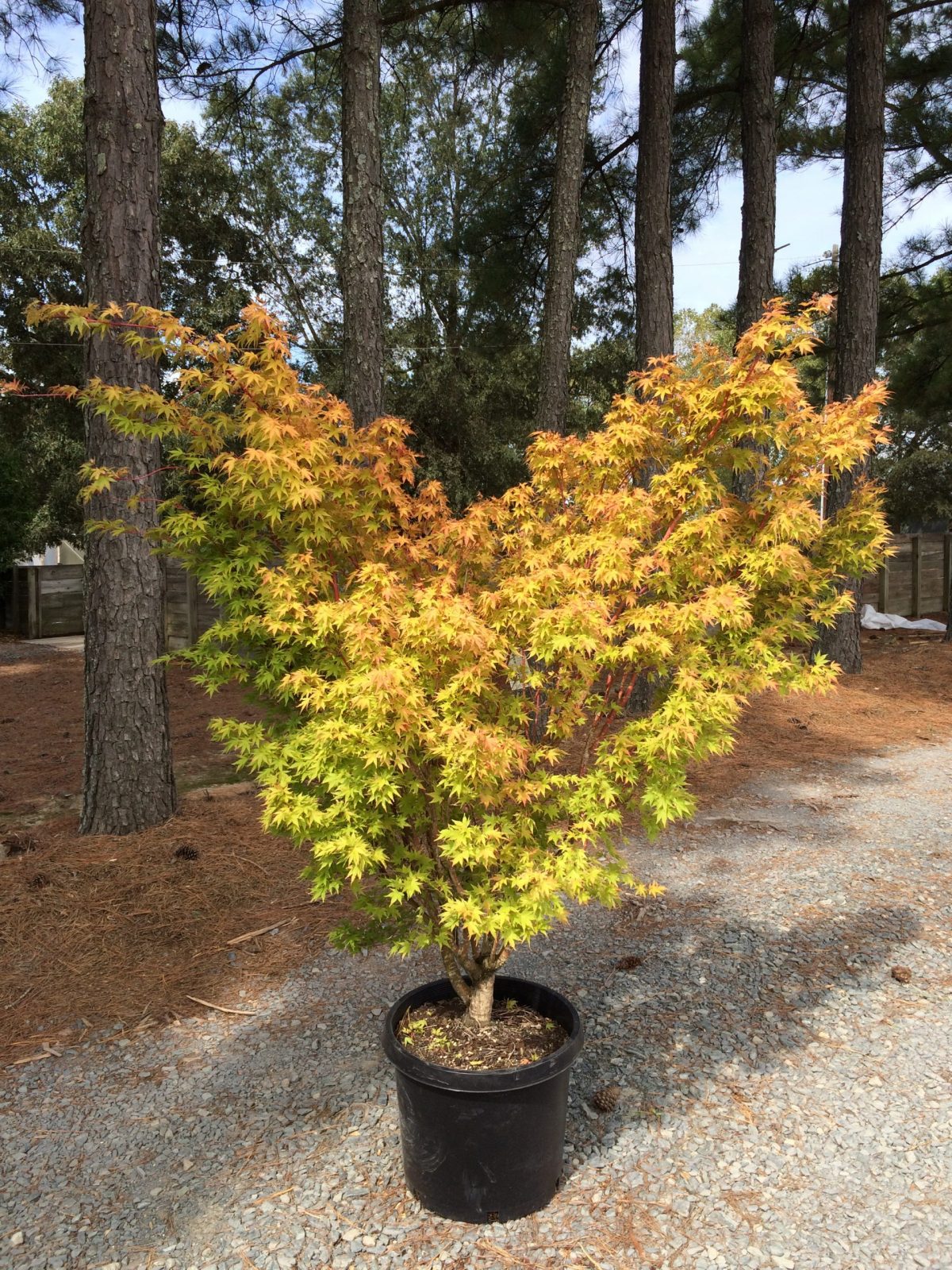
Japanese Maple Coral Bark (Acer palmatum ‘Sangokaku’) Latham's Nursery
A Coral Bark Japanese maple seedling collected from the well-known ' Sango Kaku ' variety. The tree is an ungrafted, upright seedling that grows at an intermediate pace. Place it in a location with full to part sun and good drainage. The Coral Bark Maple is easy to grow and reaches a mature height of 15 to 25 feet, and grows 12 to 15 feet wide.
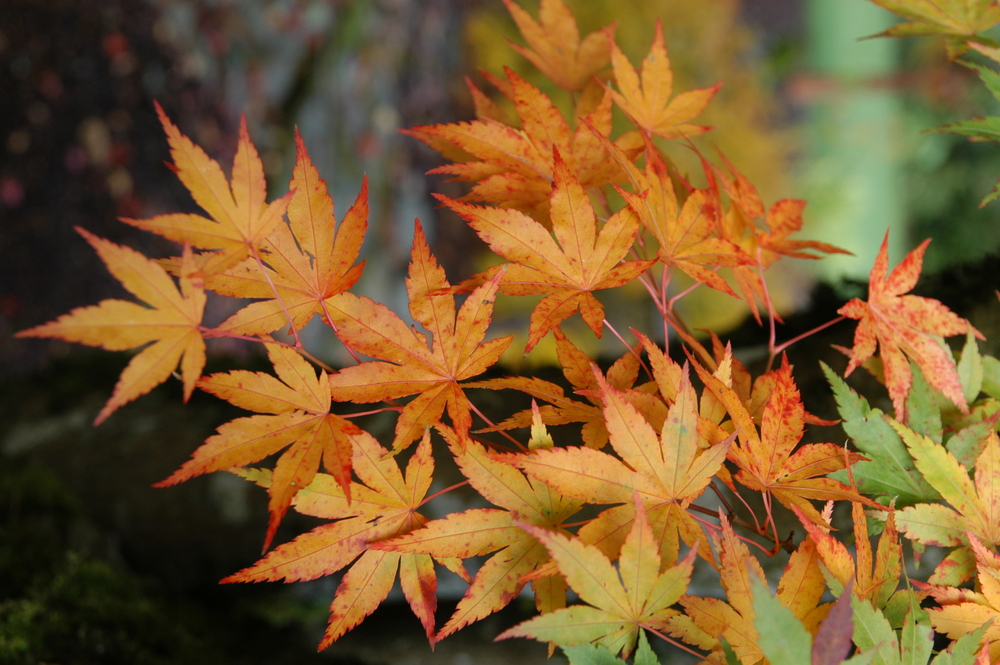
Coral Bark Japanese Maple Acer palmatum 'Sango kaku' Wholesale
Acer palmatum 'Winter Flame' (Coral Bark Maple) Acer palmatum 'Winter Flame' is a coveted Japanese Maple with showy coral bark and captivating fall foliage. Its delicate 5-lobed leaves open lime green, turn mid-green, and transition to golden-yellow, orange, and red in autumn. The bright coral-red bark adds a vibrant touch to the winter.

Acer palmatum 'Sango Kaku' Coral Bark Maple in my garden. www.skaladesign.ca
Problems We often get the question as to why the Coral Bark Maple is not putting on red stems any more? The answer is simple, it has reached maturity and is not putting on very much new growth. Remember that it is only the new growth that is red, as the growth ages is fades to brown. Can this be fixed?

Acer palmatum 'Sangokaku' (Coral Bark Japanese Maple) North Carolina Extension Gardener Plant
Description. Acer 'Sango Kaku', a coral bark Japanese maple, is a large deciduous shrub or small tree offering year-round interest, prized for its coral-red bark that looks almost fluorescent and extends the season of interest throughout winter. In early spring, Acer 'Sango Kaku' blooms in attractive, but insignificant, reddish-purple flowers.

Acer palmatum 'Sango Kaku' Coral Bark Maple, Japanese Maple
Coral bark maple trees ( Acer palmatum 'Sango-kaku') are Japanese maples with four seasons of interest in the landscape. In spring, its seven-lobed, simple, palmate leaves open in a bright, lime green or chartreuse color. As spring turns to summer, these leaves turn a deeper green. In autumn, the foliage turns golden yellow and orange.
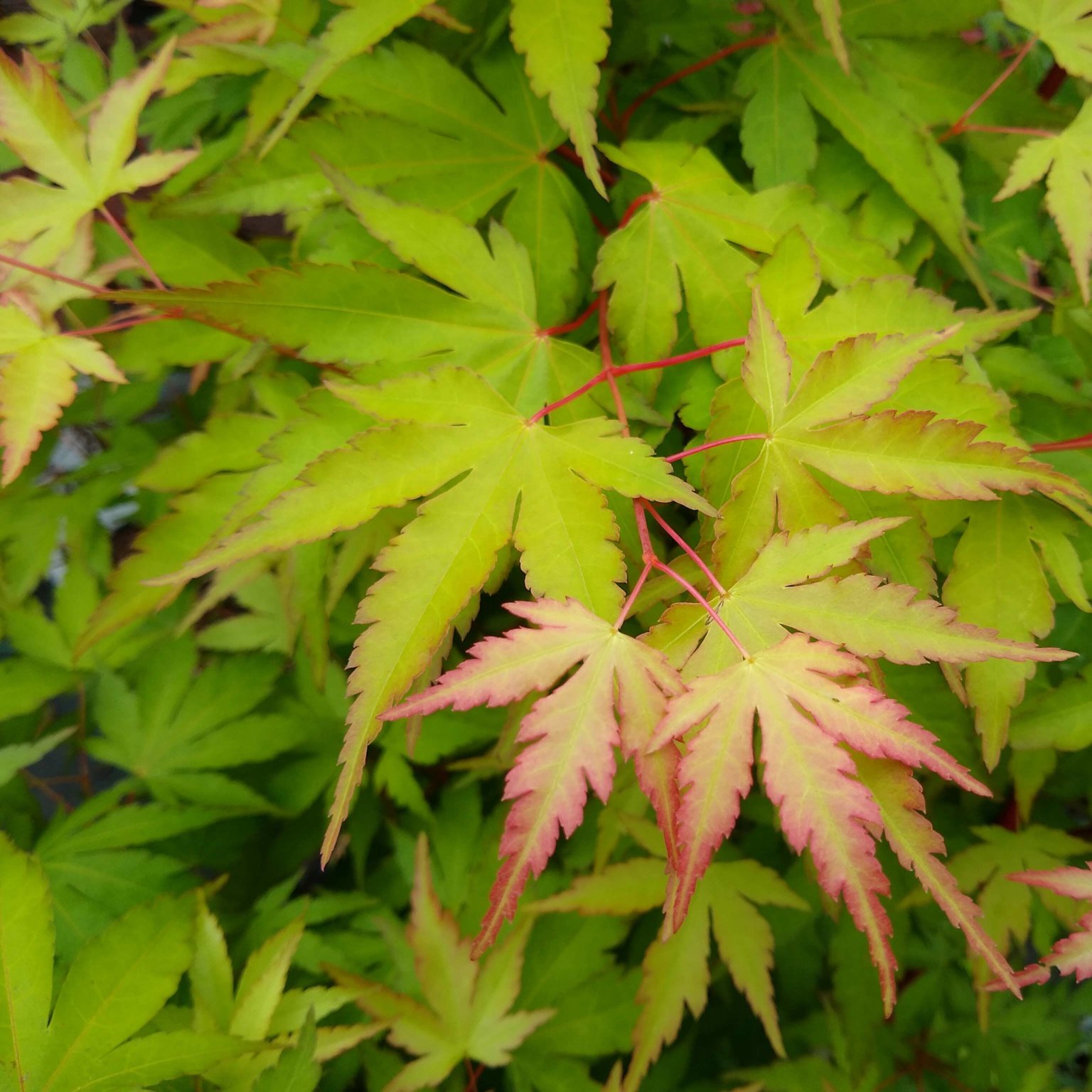
Acer palmatum 'Sango Kaku' Western Star Nurseries
Extremely beautiful and hard to find, 'Little Sango' Japanese Maple is a sport of the immensely and ever-popular 'Sango Kaku'. If you haven't had space for a magnificently colored coral bark Japanese maple now you do! Everything about Little Sango is smaller; the height to only 8 feet and about half as wide, and the smaller leaves.
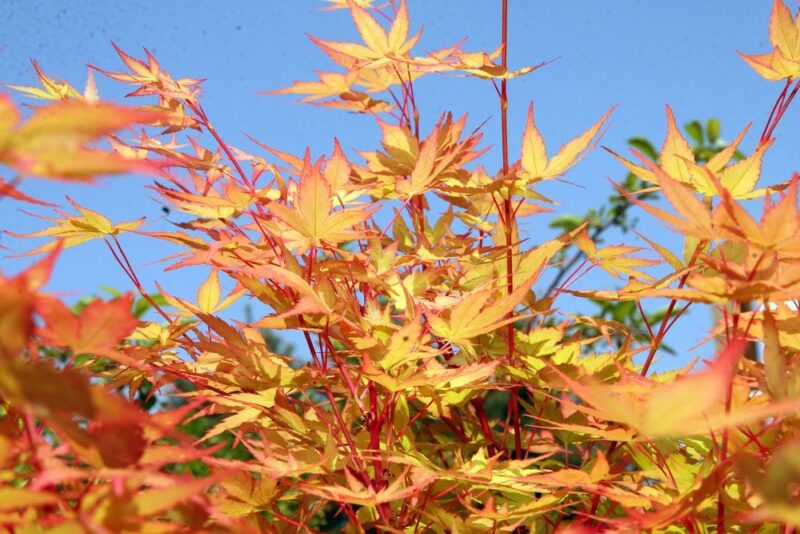
Coralbark japanese maple (Acer palmatum ‘Sangokaku’) Dear Plants
One spectacular tree that fills this role that will please 365 days a year is the coral bark maple o Acer palmatum 'Sango-kaku'. The coral bark maple is a slow-growing, medium-sized Japanese maple with beautiful aesthetic qualities that make it prized for landscape use.
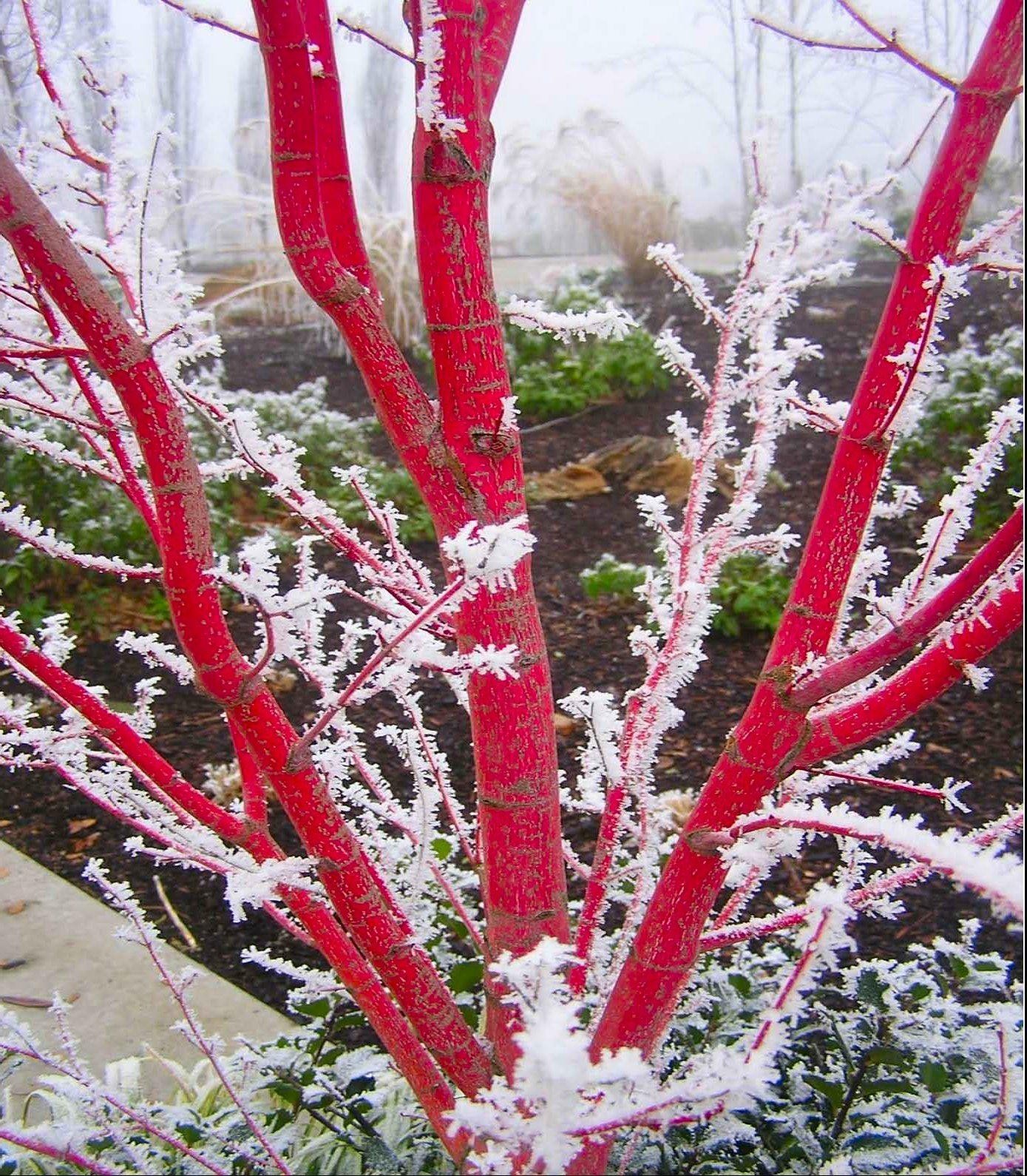
SPECIAL DEAL Acer palmatum Sango Kaku Coral Bark Maple Large 150cm Specimen Trees
Bloom Time: April Bloom Description: Reddish purple Sun: Full sun to part shade Water: Medium Maintenance: Low Flower: Insignificant Leaf: Colorful, Good Fall Other: Winter Interest Tolerate: Rabbit, Black Walnut Invasive: Where is this species invasive in the US? Garden locations Culture

Coral Bark Japanese Maple (Acer Sango Kaku) // Short Version YouTube
Noted for its showy coral bark and fall color, award-winning Acer palmatum 'Sango-kaku' (Coral-Bark Maple) is a large deciduous shrub or small tree that is highly desirable. In the fall, the delicate 5-lobed leaves, which open pinkish-yellow and mature to light green in summer, turn soft yellow before they shed to the ground.
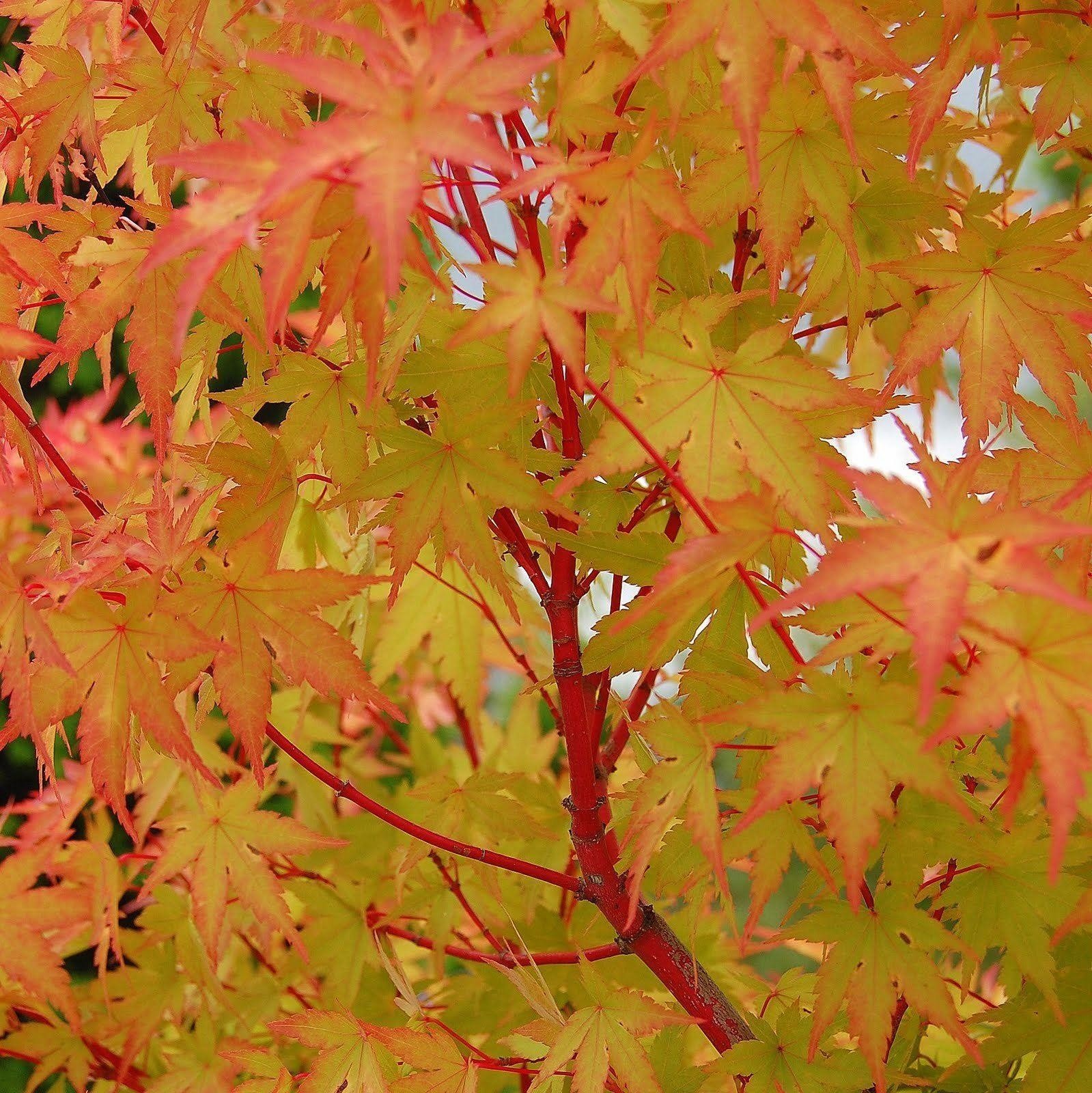
Acer palmatum Sango Kaku Coral bark maple
Sango Kaku is a tree that you will want to give sunlight and leave outside. This upright tree typically grows up to 15-20 feet tall in as many years, with about a foot of growth per year. Plant this tree in a location where you can enjoy it during the winter. Darker colored homes make great backdrops for this tree because it really stands out.
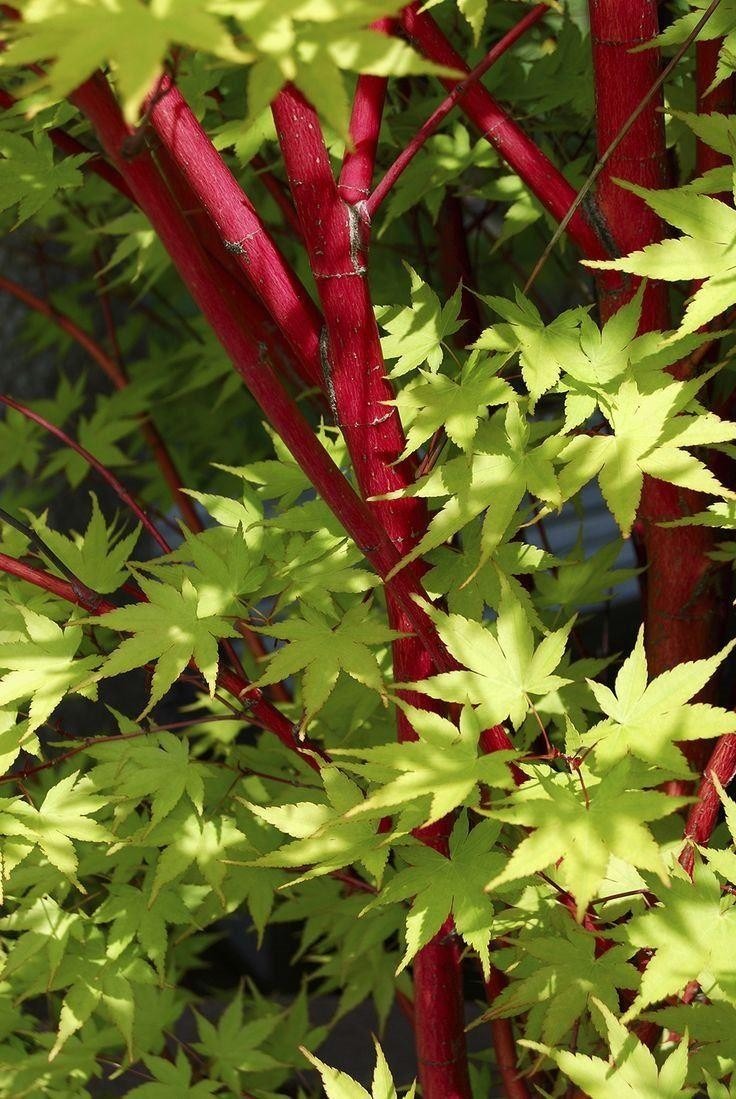
Acer palmatum Sango Kaku Coral bark maple
One such plant is the coral bark Japanese maple, which - in addition to stunning spring, summer, and fall foliage - also looks amazing in winter. Even when defoliated during dormancy, the coral pink young growth provides all the splendor you could ask for in the off-season.

Acer palmatum ‘Sangokaku' (Coral Bark Japanese Maple) japanesegardening Coral bark japanese
Description. Sango kaku is highly regarded for its outstanding, almost fluorescent coral bark, this upright, spreading Japanese maple produces a fabulous show all four seasons. Red margins decorate the yellow-green spring leaves that gradually change to bright green in summer.